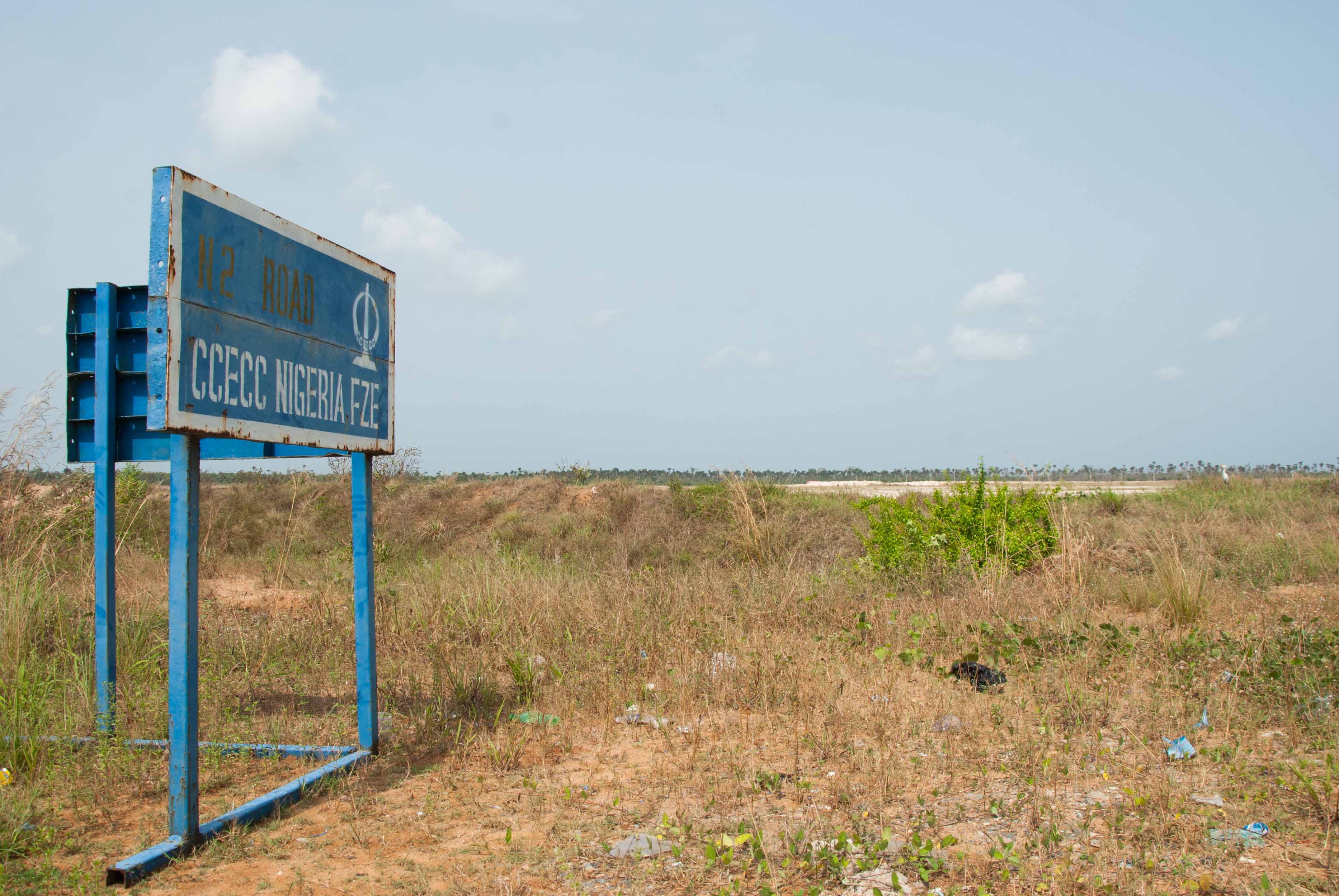Notes
1
Martyn J. Davies, "Special Economic Zones: China's Developmental Model Comes to Africa." In: China Into Africa: Trade, Aid, and Influence, ed. Robert I. Rotberg (Washington DC: Brookings Institute Press, 2008).
Urban Village is collaboration between e-flux Architecture and the 7th Bi-City Biennale of Urbanism\Architecture (UABB) within the context of its theme, "Cities, Grow in Difference."
© 2018 e-flux and the author
